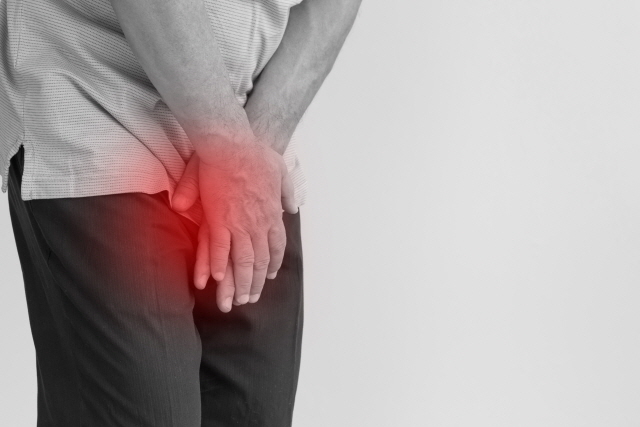
14 Million Men Suffer From Benign Prostatic Hyperplasia
By Winston Lee L. Ac, Ph.D., KMD
As men age, health issues can “pop up,” and prostate problems often “join the party.” Sometimes, standard treatments feel like they are “missing the mark,” not giving the relief hoped for or having tough side effects. But there’s a “silver lining”: acupuncture and herbal medicine. This pair, often overlooked, might be the “perfect match” for these issues. In this article, we’re “laying it all out,” showcasing how these natural methods are “stepping up to the plate” to tackle prostate challenges head-on.
Prostate enlargement is determined as Benign prostatic hyperplasia (BPH). Benign prostatic hyperplasia is the most common prostate problem for men over 50. In 2010, as many as 14 million men in the United States had lower urinary tract symptoms suggestive of benign prostatic hyperplasia. According to the National Institute of Health, NIH, Benign prostatic hyperplasia (BPH) is a condition in men where the prostate gland is enlarged and not cancerous. Benign prostatic hyperplasia is also called benign prostatic hypertrophy or benign prostatic obstruction.
The prostate goes through two main growth periods as a man ages. The first occurs early in puberty when the prostate doubles in size. The second growth phase begins around age 25 and continues most of a man’s life. Benign prostatic hyperplasia often occurs with the second growth phase. As the prostate enlarges, the gland presses against and pinches the urethra. The bladder wall becomes thicker. Eventually, the bladder may weaken and lose the ability to empty, leaving some urine in the bladder. The narrowing of the urethra and urinary retention—the inability to empty the bladder—cause many problems associated with benign prostatic hyperplasia.
Here’s a patient I experienced. He’s a 59-year-old man who says his prostate problems have intensified in the last 5-6 years. He was having trouble sleeping at night due to frequent urination, not to mention being unable to urinate quickly enough. He avoids driving long distances whenever possible because he has to go to the restroom so often, and his quality of life is very poor because he lives with chronic fatigue due to lack of sleep at night. He wanted to take acupuncture with me. He said any improvement is appreciated with acupuncture because he has already tried every method by Western medicine.
I took his pulse for eastern diagnosis and found that the lower-Cho(lower organs) were quite weak and cold, so I used the CV10, 11, and 12 first, and CV3, CV4, CV6, and ST 25, and the legs used SP6, SP9. Especially between CV3 and CV6, I applied low-frequency electricity, which is used for chronic diseases and expects boosting up. At the same time as these acupuncture treatments, I installed a far-infrared dome with carbon fiber covering the CV3, CV4, and CV6 areas to warm the lower abdomen. After 15 minutes of this treatment, I applied cupping therapy to BL23 and 24 on the patient’s lower back and used the far-infrared dome to raise the area’s temperature. Immediately after the same-day treatment, the patient reported feeling quite comfortable overall. By the next day, he was urinating less frequently at night by about 20%, and after four treatments at a frequency of twice a week, he was urinating 50% less frequently. He said he hadn’t seen such a dramatic effect from any other Western medication over the years. Since his symptoms have improved considerably, he continues to visit once a week for follow-up sessions.
Prostate disease is a chronic, degenerative condition that is difficult to treat. On the other hand, it is a disease that is not a fatal problem, although it reduces the quality of life very much, so there are no significant treatments in Western medicine. Therefore, it would be very significant for many patients to have an effective Eastern medicine treatment for this disease with zero side effects. However, at the beginning of the treatment, the nature of the disease and the comparison of Western and Eastern medicine treatments should be fully explained, and the extent of the expected symptom improvement should be explained properly to patients.
































